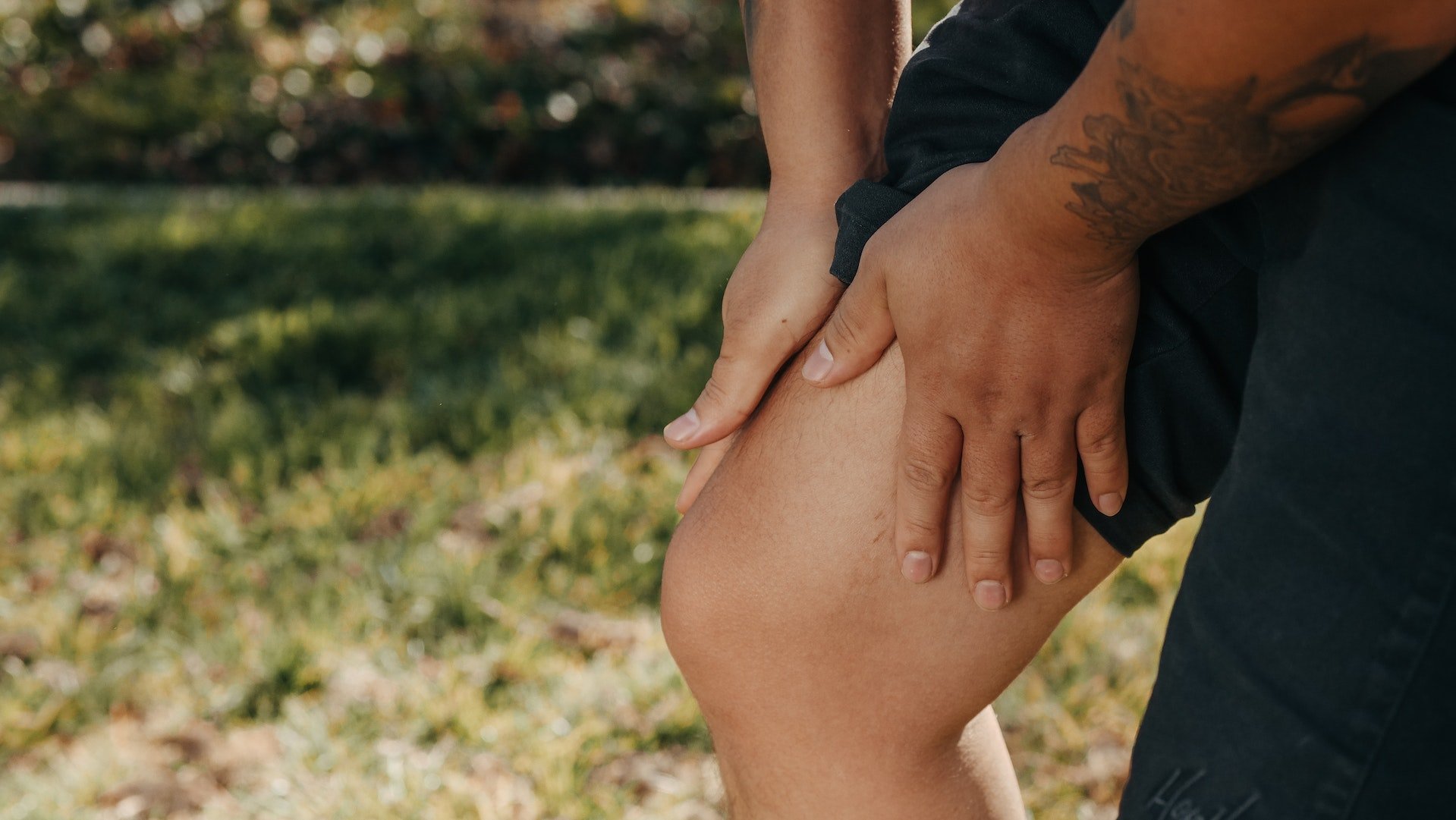Your Corky Recovery Guide
A corky injury can sideline you from playing your favourite sport, making them one of the biggest fears an athlete can have. Whether you play AFL, NRL, soccer, basketball, or even do martial arts or gymnastics, anything that has the potential for physical impact with a person or object can cause a corky. We know how painful and uncomfortable they can be, so a quick and safe recovery is the ultimate goal. But how do we get there?
This article explains what a corky injury is, how they can happen, and how you can give yourself the best chance of a swift recovery. For personalised advice, contact our team at Osteos of Noosa today.
What Is A Corky Injury?
A corky injury, which we Aussies tend to simply call a ‘corky’, is a bruise deep in the muscle. It’s also known as ‘contusion’. This happens when a muscle or organ is hit by a blunt object or otherwise experiences a strong impact, causing bleeding and swelling in the affected area.
If you have a corky, you may experience:
Pain— A corky injury is often painful and tender to the touch, and you may feel pain, especially when you move or put pressure on the injured area.
Swelling— Swelling around the injured area may also cause discomfort as well as limit your mobility.
Discolouration— The skin surrounding the affected area may take on a red or purple hue that gradually turns into a yellow or green colour.
Stiffness— The affected muscle or joint may feel stiff and make it difficult to use or move the area as you normally would.
Sensitivity— As well as tenderness, the area may feel sensitive to touch and also to heat and cold.
How Can I Prevent A Corky Injury?
None of that sounds like much fun, so preventing a corky injury wherever you can is always your best bet. Of course, it’s not possible to 100% guarantee you won’t get a corky at all— even if you don’t play a sport, accidents and collisions may also cause injuries, including a corky. However, there are some steps you can take to reduce your corky risk, such as:
1. Wearing Protective Gear
In sports or activities that involve physical contact, wearing appropriate protective gear can help reduce your risk of injury. For example, helmets, shin guards, and padding may help to absorb impact and protect vulnerable areas of the body.
2. Warming Up And Stretching
Before engaging in physical activity, it's important to warm up and stretch to loosen up the muscles and increase flexibility. This aims to help reduce the risk of muscle strains and tears, which may sometimes lead to contusions.
3. Using Proper Technique
Using proper form and technique when playing sports or performing physical activities may help reduce your risk of injury.
4. Building Up Gradually
Gradually building up your physical activity levels may help your body adjust and reduce your risk of injury. For example, increasing your workout intensity or duration slowly over time may help prevent muscle fatigue and reduce the risk of developing a corky.
5. Taking Breaks
Taking frequent breaks during physical activity can help reduce the risk of fatigue and injury. This is particularly important if you are engaged in an activity for an extended period of time.
By taking these steps, you can help reduce your risk of getting a corky or other types of injuries during physical activity.
Uh-Oh, I Have A Corky. Now What?
No two corkies are the same! Depending on the severity of the impact and the extent of the injury, your healing may differ from your opponent’s (or anybody else’s) corky injury. You may wish to try resting the affected area, using ice or a compression bandage, or elevating the area. In any case, you should avoid using heat or alcohol for 48 to 72 hours after the injury. You should also not get a vigorous massage during this time period. This is because they can increase the bleeding, worsening the injury.
Recovering from a corky injury can take some time and effort, but there are several things you can do to promote healing and reduce symptoms. If home remedies don’t provide much relief, you may want to try osteopathy.
How May Osteopathy Help Me Recover From A Corky Injury?
An osteopath is experienced and trained in using various manual techniques to improve blood flow, reduce muscle tension, and enhance the body's natural healing processes. They aim to help promote healing and reduce pain and inflammation through these (and other) manual techniques and may also provide advice on exercises and lifestyle modifications to help prevent further injury and improve overall health and well-being.
Techniques your osteopath may use include:
Soft tissue massage— Using gentle pressure and kneading techniques to promote relaxation, improve blood flow, and reduce tension
Joint mobilisation— Gently moving the affected joint to help increase range of motion, reduce pain, and promote healing
Stretching— To improve flexibility and reduce stiffness in the affected area
Myofascial release— Applying pressure to the connective tissue surrounding the affected area in an effort to improve circulation and reduce pain and inflammation
Dry needling— Inserting thin, sterile needles into the affected muscle tissue with the aim of reducing pain and inflammation
Overall, osteopathy can be a valuable addition to a comprehensive treatment plan for corky injuries, aiming to reduce pain and promote healing for a faster recovery.
Interested In Osteopathy For A Corky Injury?
At Osteos of Noosa, we see people with corky injuries frequently and have years of knowledge and experience in helping them to recover quickly and safely. Whether you’re an athlete who’s been injured on the field or you’ve experienced an accident or collision that caused your injury, we’re here to help. With the help of our team, your corky may be a thing of the past before you know it! To get started on your recovery, book your appointment today.

